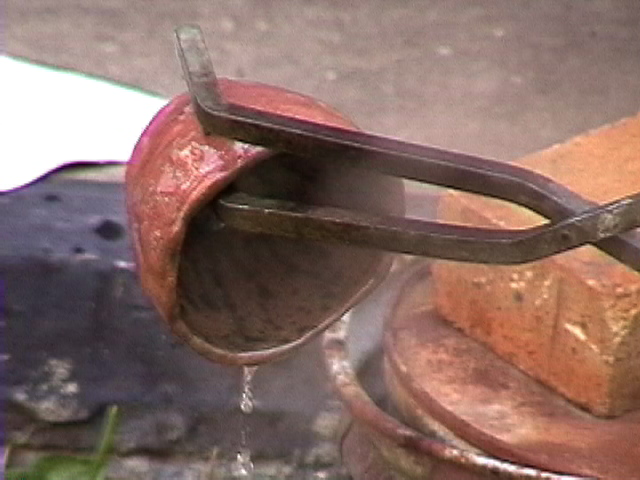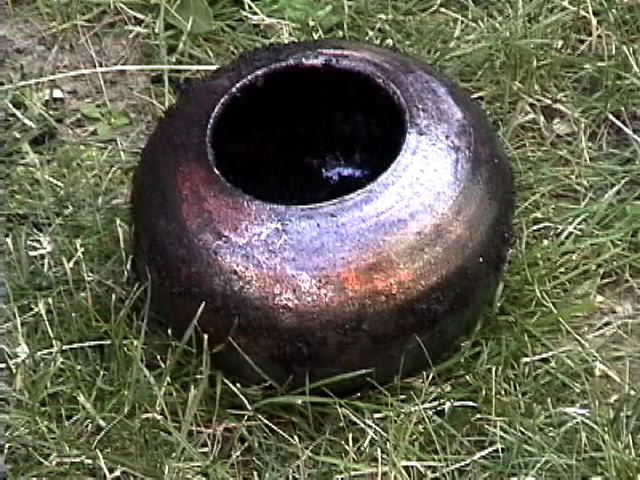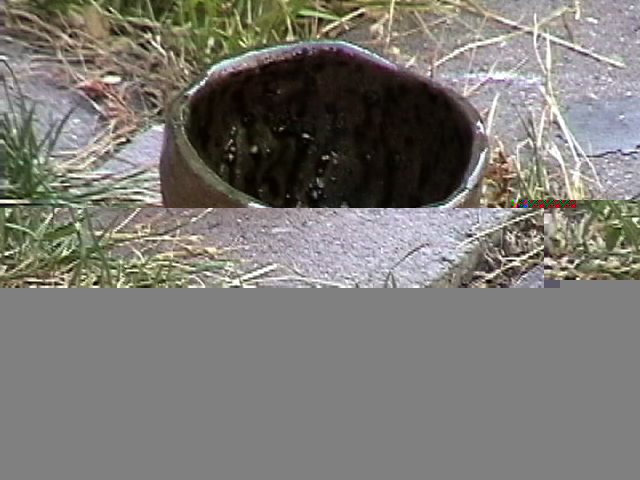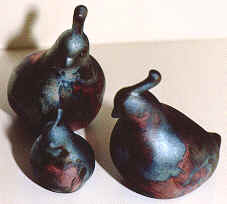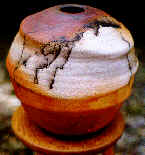Reflection Journal Web Page
Community One: Observations at the Governor's School The 2001 Institute July 22-27, 2001 Erie, PA
RAKU WARE "Through tea, recognition is given that every human encounter is a singular occasion which can, and will never recur again exactly." |
| Journal created by: Heather K. Heimbach and Stacey Miller |
History of Raku Raku pottery is an artform that was developed over 400 years ago by the Raku family of Japan. It was originally used as teaware for the Zen Buddihst Masters, because they felt the process truly reflected the most fundamental rhythm of enlightened life. Watch and listen as Jonathan Twersky of The Pennsylvania State Governor's School for the arts talks a little about Raku and its history. |
Process of Raku
******Cracks will appear and some pieces will not make it through the entire process. Be prepared to experience loss with some of your pieces. The Raku process is now intended to be decorative as opposed to utilitarian because of the porus finish. Eventually the work will crack.********** Raku: Jonathan talks about the process of Raku. The Process : Watch as Jonathan as he demonstrates the Raku entire Raku Process. |
Compare and Contrast American Raku vs. Japanese Raku The difference in these two very similar process' is found in the middle step. American Raku places the piece in a reduction enviornment, which means that that the oxygen is pulled out. This environment allows the piece to take on a shiny black look, because the carbon in incorporated into the clay.
Japanese Raku removes the reduction environment. The clay is allowed to cool slightly before the water bath. These pieces tend to look more like "traditionally fired clay".
|
Raku Examples
|
Additional Web Sites of Interest Raku History: This web site contains a comprehensive history of the Raku process. You will also find the phliosophy behind the process. The Raku Family: This website explains the history behind the Raku family for which the process is named.. Tea House: This page will link you to the Philadelphia Museum of Art's reconstruction of a Japanese Tea House. |
The information contained
in this journal addresses the Pennsylvania State
Standards for Arts and Humanities 9.2. Historical
and Cultural Contexts. The following Standard
Statements have been addressed:
|
